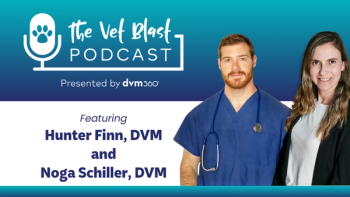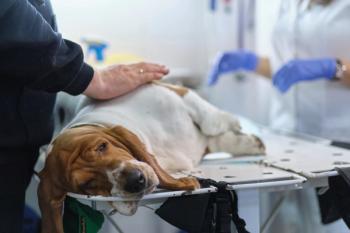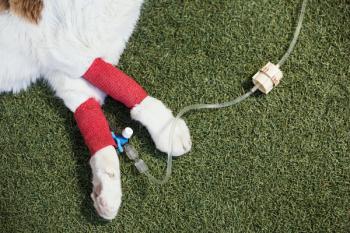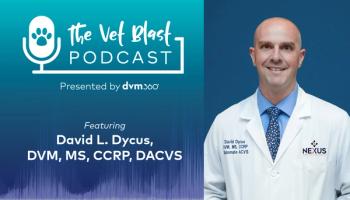
Key to spinal cord injury repair could be in cells
West Lafayette, IND. — Researchers at Purdue's School of Veterinary Medicine found that acrolein, a carcinogen, is present at high levels in spinal tissue several days after an injury.
WEST LAFAYETTE, IND. — Researchers at Purdue's School of Veterinary Medicine found that acrolein, a carcinogen, is present at high levels in spinal tissue several days after an injury.
The researchers hypothesis that the finding could be a key to the debilitating paralysis that sets in after the initial trauma.
Acrolein is naturally produced in the body and is not present at normal levels, says Dr. Riyi Shi, associate professor of neuroscience and biomedical engineering at Purdue. But when the spine sustains injury, it doesn't heal itself like a broken bone does.
The chemical increases when its concentration increases due to stimulants, such as smoke, pesticides and physical damage.
"When a spinal cord ruptures, not only are the traumatized cells at increased risk of damage from free radicals that oxidize the tissue, but the cells also spill chemicals that help the free radicals launch repeated attacks," Shi says.
"Primarily small animal medicine would benefit from any drug we create to counteract acrolein's effect on the spinal cord," Shi says. "The most direct benefit would be to dogs that have spinal injuries. Often animals are euthanized when they sustain severe back injury, we hope to make a drug available to practitioners to offer clients for an alternate option."
Shi's team has been conducting research on guinea pig spines, but is hopeful a treatment can be used on dogs in a clinical trial within the next five years.
"Within three days of a spinal injury, the spine becomes almost non-functional," Shi says. "The levels of acrolein peak 24 hours after injury and remain high for about a week. Since acrolein is extremely toxic and has a long lifespan, we believe it does not allow the spine to heal, allowing for continued degeneration of the spinal cord."
Shi is interested in modifying hypertension drugs that bind to acrolein and detoxify it for use in veterinary medical spinal injuries.
Dr. Richard Borgens and Shi are in the process of developing PEG, a substance that coats damaged spinal cells so the membranes can heal. If acrolein's role in secondary spinal cord damage is determined, drugs that counteract the chemical's effects could be incorporated in the university's regimen for treating spinal injuries.
"We will likely use the drug on animals that come to the hospital after sustaining injury from jumping off a couch or being hit by a car," Shi says. " We will learn vital information from using new treatments on clients' pets and we'll be helping animals also."
Ultimately, a treatment for spinal injury is expected to be used in human medicine, Shi says.
"Both veterinary medicine and human medicine stand to benefit."
Treating injuries more effectively through targeting acrolein and finding candidates to block the compound is the immediate goal of the researchers, Shi says.
Research is funded in part by the National Institutes of Health and the state of Indiana. The study also relies on private donations.
Newsletter
From exam room tips to practice management insights, get trusted veterinary news delivered straight to your inbox—subscribe to dvm360.




